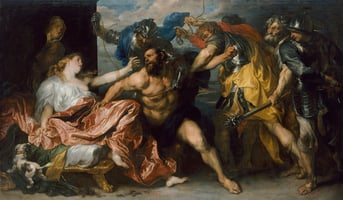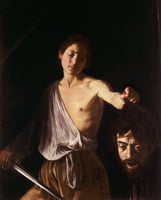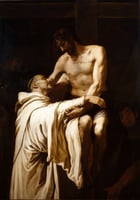Sir Anthony van Dyck (1599– 1641) was a Flemish Baroque artist and one of the most important...
The Brilliance of Raimundo Madrazo: How He Changed the Course of Art
Raimundo Madrazo (1841-1920) was a Spanish painter known for his portraits and religious scenes. He was part of the Madrazo family of artists, which included his father José de Madrazo y Kuntz and his grandfather Federico de Madrazo. Madrazo was born in Rome, but spent much of his life in Madrid and Paris. He trained at the Real Academia de Bellas Artes de San Fernando in Madrid, where he was taught by Federico de Madrazo. He later moved to Paris, where he was influenced by the works of Jean-Auguste-Dominique Ingres.
Madrazo was a prolific painter, producing portraits, landscapes, and religious works. He was particularly known for his portraits, which were often of members of the Spanish aristocracy. He also painted figures from everyday life, such as bullfighters, gypsies, and street urchins. He was also a prolific religious painter, producing works such as the Stations of the Cross and The Nativity.
Madrazo was a highly successful artist, and his works were sought after by collectors across Europe. He was a member of the Royal Academy of Fine Arts in Madrid, and was awarded a number of prizes. He was also a professor at the Academy, teaching figure drawing and painting. His works can be found in a number of public and private collections, including the Museo del Prado in Madrid.
Madrazo died in 1920, but his legacy lives on in his paintings. His works continue to be admired for their technical skill and unique style. He is remembered as one of the great Spanish painters of the 19th century, and his works are still highly sought after by collectors.




